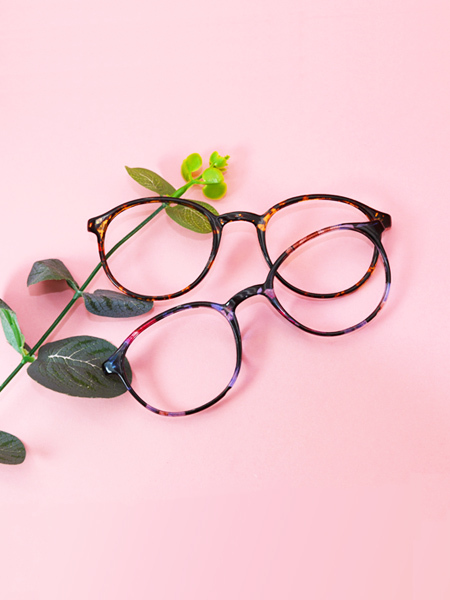For New Customers

New Customer Exclusive

Register to play lucky draw for free!
1. Sign in and get 50 points!
2. It will cost 50 points each time.
3. Please use the rewards before the deadline, otherwise it will be expired.


Lenses and Coatings
Lenses
1. Single Vision Lenses
Single Vision lenses are standard prescription eyeglasses. These glasses only have one viewing area throughout the entire lens and the correctional area can be for far distance, mid distance or reading.Far distance- If you wear glasses all day and mostly need these glasses to see things in the distance.E.g. For driving.Mid distance- If you mostly need these glasses to work before computer or something else at arms length.Reading- If you need to read things close to you.Papers, document, etc
2. Bifocal Lenses
Bifocal lens have two points of focus. A small portion of the lens is reserved for the near-vision correction. The rest of the lens is usually for a distance correction.
3. Progressive Lenses without line
Progressives provide a smooth transition from distance through intermediate to near, with all the in-between corrections included as well. You can look up to see anything in the distance, look ahead to view your computer in the intermediate zone, and drop your gaze downward to read and do fine work comfortably in the close zone. That is to say, progressive lenses are the closest to how natural vision is that you can get in a pair of prescription eyeglasses.
4. Polarized Lenses
Polarized lenses are used in sunglasses, to reduce glare from reflective surfaces such as the surface of a lake, the hood of a car. They accomplish this feat through a process called polarization, much like a venetian blind controls sunlight through a window.
5. Tint lenses
Tint lenses are colored lenses and opposed to the changeable photochromics, the colors are remains constant at all times. Available colors: green, brown, grey, blue, purple, and pink.Light tints are used primarily for fashion purposes to enhance a wearer's looks. Darker tints allow the wearer to use the lenses as sunglasses.
6. Photochromic lenses
Photochromic Lenses are designed to be completely clear in indoor environments and at night while quickly adapt and darken in bright sunny outdoor conditions.
Photochromic Lenses continuously adapt to the changing light conditions so you can be sure that your lenses will always be pefect for your surroundings.
7. Available lenses index
We offer lenses with different index, 1.49, 1.55, 1.60, 1.61-8, 1.67, 1.74. The higher the prescription, the thinner and lighter the lens.
Coatings
1. Anti-Scratch Coating
Anti-Scratch coating acts as a protective layer to make the lenses more durable. It is applied to lens surfaces to prevent minor scratches. These minor scratches can damage the surface of the lens and impair the vision. So the coating is important and necessary for lenses.
2. Anti-Scratch & Glare Coating
UV Coating is an invisible dye. It can block ultraviolet (UV) light for your eye. Just like sunscreen keeps the sun's UV rays from harming your skin, UV-protective treatments for eyeglasses lenses block those same rays from damaging your eyes.
3. Premium Coating
When light encounters a lens, there are three things happened. Some of the light passes through the lens, some is absorbed and converted into heat energy and the rest bounces off. When light bounces off the lens, glare are created. When light passes through the lens, reflection are happened. Glare or reflections can be annoying and in some severe cases can decrease visual acuity. To improve vision acuity through the lenses, a premium coating is applied.